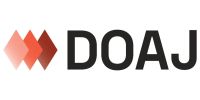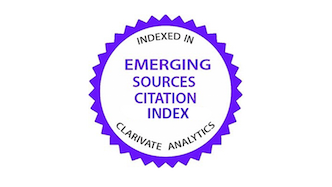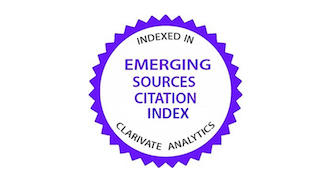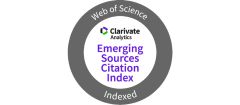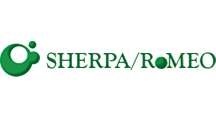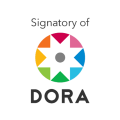Water stress and NPK levels in cotton (Gossypium barbadense L.) detection using thermal imaging
DOI:
https://doi.org/10.15517/jf693w79Keywords:
stomatal conductance, intermittent irrigation, drip irrigation, unmanned aerial vehicleAbstract
Introduction. Real-time monitoring of water stress levels in crops is crucial to improve water use efficiency in agriculture. Objective. To determine the feasibility of using thermal images collected by an unmanned aerial vehicle
(UAV) to detect water stress in cotton (Gossypium barbadense L.), Molinero extra-long variety. Materials and
methods. The study was conducted at the Irrigation Research Unit of the National Agrarian University La Molina, Lima, Peru, from November 2022 to May 2023. Forty-eight sampling units of 0.80 × 1.5 m were used with drip
irrigation activated in response to physical signs of water stress in cotton. The crop water stress index (CWSI) was
monitored through eight UAV flights equipped with a thermal camera, and the data were corrected using radiometer measurements. Stomatal conductance (gs) was measured using a porometer, and soil moisture (θ) with a sensor. In addition, tests were carried out in pots to cause plant death and induce maximum water stress. Results. A 0.96
correlation was obtained for the thermal images. A potential 0.83 correlation between gs and CWSI was observed, along with a 0.88 between θ and CWSI, indicating an adequate representation of water stress variability with irrigation levels. Conclusions. The use of thermal images obtained via UAV allowed estimating a maximum CWSI of 0.39, optimizing irrigation timing and achieving water savings of 50 %. The CWSI proved to be a valuable tool for accurate irrigation scheduling, with potential to improve water use efficiency up to 2.27 kg/m3 in arid regions such as La Molina, Peru.
Downloads
References
Almeida Martins, I., Sentelhas, P., & Helvécio Martins, J. (2023). Quality of cotton fiber and its relationship with meteorological conditions. Global Journal of Engineering and Technology Advances, 15(2), 33–51. https://doi.org/10.30574/gjeta.2023.15.2.0082
Barbosa da Silva, B., & Ramana Rao, T. V. (2005). The CWSI variations of a cotton crop in a semi-arid region of Northeast Brazil. Journal of Arid Environments, 62(4), 649–659. https://doi.org/10.1016/j.jaridenv.2005.01.017
Camino, C., Zarco-Tejada, P. J., & González-Dugo, V. (2018). Effects of heterogeneity within tree crowns on airborne-quantified SIF and the CWSI as indicators of water stress in the context of precision agriculture. Remote Sensing, 10(4), Article 604. https://doi.org/10.3390/rs10040604
Centro de Comercio Internacional. (2011, June 17). Algodón y cambio climático: su impacto y opciones para mitigarlo y aclimatar la producción. https://intracen.org/es/recursos/publicaciones/algodon-y-cambio-climatico-su-impacto-y-opciones-para-mitigarlo-y-aclimatar
Durán, M., Ramos, F. L., Alvarado, R., & Altamirano, L. (2021). Evaluación del índice de estrés hídrico de cultivos (IEHC) en ají (Capsicum) bajo riego por goteo en las condiciones áridas de la costa norte del Perú. Scientia Agropecuaria, 12(4), 481–489. http://dx.doi.org/10.17268/sci.agropecu.2021.052
Food and Agriculture Organization of the United Nations. (n. d.). FAOSTAT. Crops and livestock products. Retrieved February 23, 2023, from https://www.fao.org/faostat/en/” l “data/QCL
Gavkharoy, O., & Dilobar Botirjon, F. (2023). History of cotton and characteristics of origin. Ijtimoiy Fanlarda Innovasiya Onlayn Ilmiy Jurnali, 3(6), 117–121. http://www.sciencebox.uz/index.php/jis/article/view/7650
Godson-Amamoo, S., Kato, T., & Katsura, K. (2022). Empirical setting of the water stressed baseline increases the uncertainty of the crop water stress index in a humid temperate climate in different water regimes. Water, 14(12), Article 1833. https://doi.org/10.3390/w14121833
Gutiérrez Hernández, M. (2021). Aspectos económicos de la producción de algodón en México [Tesis doctoral en Ciencias en Economía Agrícola, Universidad Autónoma Chapingo]. Repositorio Chapingo. https://repositorio.chapingo.edu.mx/items/ad673367-5309-42ac-8c05-b8be6d210d02
Hou, X., Fan, J., Zhang, F., Hu, W., Yan, F., Xiao, C., Li, Y., & Cheng, H. (2022). Determining water use and crop coefficients of drip-irrigated cotton in south Xinjiang of China under various irrigation amounts. Industrial Crops and Products, 176, Article 114376. https://doi.org/10.1016/j.indcrop.2021.114376
Idso, S. B., Jackson, R. D., Pinter Jr, P. J., Reginato, R. J., & Hatfield, J. L. (1981). Normalizing the stress-degree-day parameter for environmental variability. Agricultural Meteorology, 24, 45–55. https://doi.org/10.1016/0002-1571(81)90032-7
Inamullah, & Isoda, A. (2005). Adaptive responses of soybean and cotton to water stress: I. Transpiration changes in relation to stomatal area and stomatal conductance. Plant Production Science, 8(1), 16–26. https://doi.org/10.1626/pps.8.16
Isoda, A., & Wang, P. (2002). Leaf temperature and transpiration of field grown cotton and soybean under arid and humid conditions. Plant Production Science, 5(3), 224–228. https://doi.org/10.1626/pps.5.224
Lacerda, L. N., Snider, J. L., Cohen, Y., Liakos, V., Gobbo, S., & Vellidis, G. (2022). Using UAV-based thermal imagery to detect crop water status variability in cotton. Smart Agricultural Technology, 2, Article 100029. https://doi.org/10.1016/j.atech.2021.100029
León Carrasco, J. C. (2023, 9 de octubre). Perú sembró 6.945 hectáreas de algodón en la campaña 2022/2023, mostrando un incremento de +11% respecto a la campaña anterior. Agencia Agraria de Noticias. https://www.agraria.pe
McCarthy, A., Foley, J., Raedts, P., & Hills, J. (2023). Field evaluation of automated site-specific irrigation for cotton and perennial ryegrass using soil-water sensors and model predictive control. Agricultural Water Management, 277, Article 108098. https://doi.org/10.1016/j.agwat.2022.108098
Messina, G., & Modica, G. (2020). Applications of UAV thermal imagery in precision agriculture: State of the art and future research outlook. Remote Sensing, 12(9), Article 1491. https://doi.org/10.3390/rs12091491
Ministerio de Desarrollo Agrario y Riego. (2023). Boletín estadístico mensual. El agro en cifras, Diciembre 2023. https://cdn.www.gob.pe/uploads/document/file/5941243/4024332-boletin-mensual-el-agro-en-cifras-diciembre-2023.pdf?v=1710003696
Muhammad, T. A., & Abdul, R. (2018). Chapter 14 - Overview on effects of water stress on cotton plants and productivity. In S. H Wani (Ed.), Biochemical, physiological and molecular avenues for combating abiotic stress tolerance in plants (pp. 297–316). Academic Press. https://doi.org/10.1016/B978-0-12-813066-7.00016-4
Nhamo, L., Magidi, J., Nyamugama, A., Clulow, A. D., Sibanda, M., Chimonyo, V. G. P., & Mabhaudhi, T. (2020). Prospects of improving agricultural and water productivity through unmanned aerial vehicles. Agriculture, 10(7), Article 256. https://doi.org/10.3390/agriculture10070256
Olías, M., Cerón, J. C., & Fernández, I. (2005). Sobre la utilización de la clasificación de las aguas de riego del U.S. Laboratory Salinity (USLS). Geogaceta, 37, 111–113. http://hdl.handle.net/10272/8899
O’Shaughnessy, S. A., Evett, S. R., Colaizzi, P. D., & Howell, T. A. (2011). Using radiation thermography and thermometry to evaluate crop water stress in soybean and cotton. Agricultural Water Management, 98(10), 1523–1535. https://doi.org/10.1016/j.agwat.2011.05.005
Parkash, V., & Singh, S. (2020). A review on potential plant-based water stress indicators for vegetable crops. Sustainability, 12(10), Article 3945. https://doi.org/10.3390/su12103945
Sabino, E., Lavado, W., & Aybar, C. (2019). Estimación de las zonas de vida de Holdridge en el Perú. Servicio Nacional de Meteorología e Hidrología del Perú. Dirección de Hidrología. https://www.senamhi.gob.pe/load/file/01401SENA-87.pdf
Sánchez-Díaz, M., & Aguirreolea, J. (2008). Transpiración y control estomático. En J. Ascón, & M. Talon (Eds.), Fundamentos de fisiología vegetal (2.ª ed., pp. 41–56). McGraw-Hill.
Servicio Nacional de Meteorología e Hidrología del Perú. (2023). Boletín climático nacional marzo 2023. https://www.gob.pe/es/i/4112500
Umer Arshad, M., Zhao, Y., Hanif, O., & Fatima, F. (2022). Evolution of overall cotton production and its determinants: implications for developing countries using Pakistan case. Sustainability, 14(2), Article 840. https://doi.org/10.3390/su14020840
United Nations. (2021). Population, food security, nutrition and sustainable development. https://undocs.org/en/E/CN.9/2021/2
Vaddula, Y., & Singh, K. (2023). Progression of drip irrigation and fertigation in cotton across the globe and its future perspectives for sustainable agriculture: an overview. Applied Water Science, 13, Article 177. https://doi.org/10.1007/s13201-023-01986-3
Villar Barraza, H. D., Ramos Fernández, L., & Alminagorta Cabezas, O. (2021). Evaluación del estrés hídrico del cultivo de arroz (IR 71706) a través del uso de termografía calibrada del área del dosel en Lima, Perú. Idesia (Arica), 39(4), 59–70. https://doi.org/10.4067/S0718-34292021000400059
Zhang, L., Niu, Y., Zhang, H., Han, W., Li, G., Tang, J., & Peng, X. (2019). Maize canopy temperature extracted from UAV thermal and RGB imagery and its application in water stress monitoring. Frontiers in Plant Science, 10, Article 1270. https://doi.org/10.3389/fpls.2019.01270
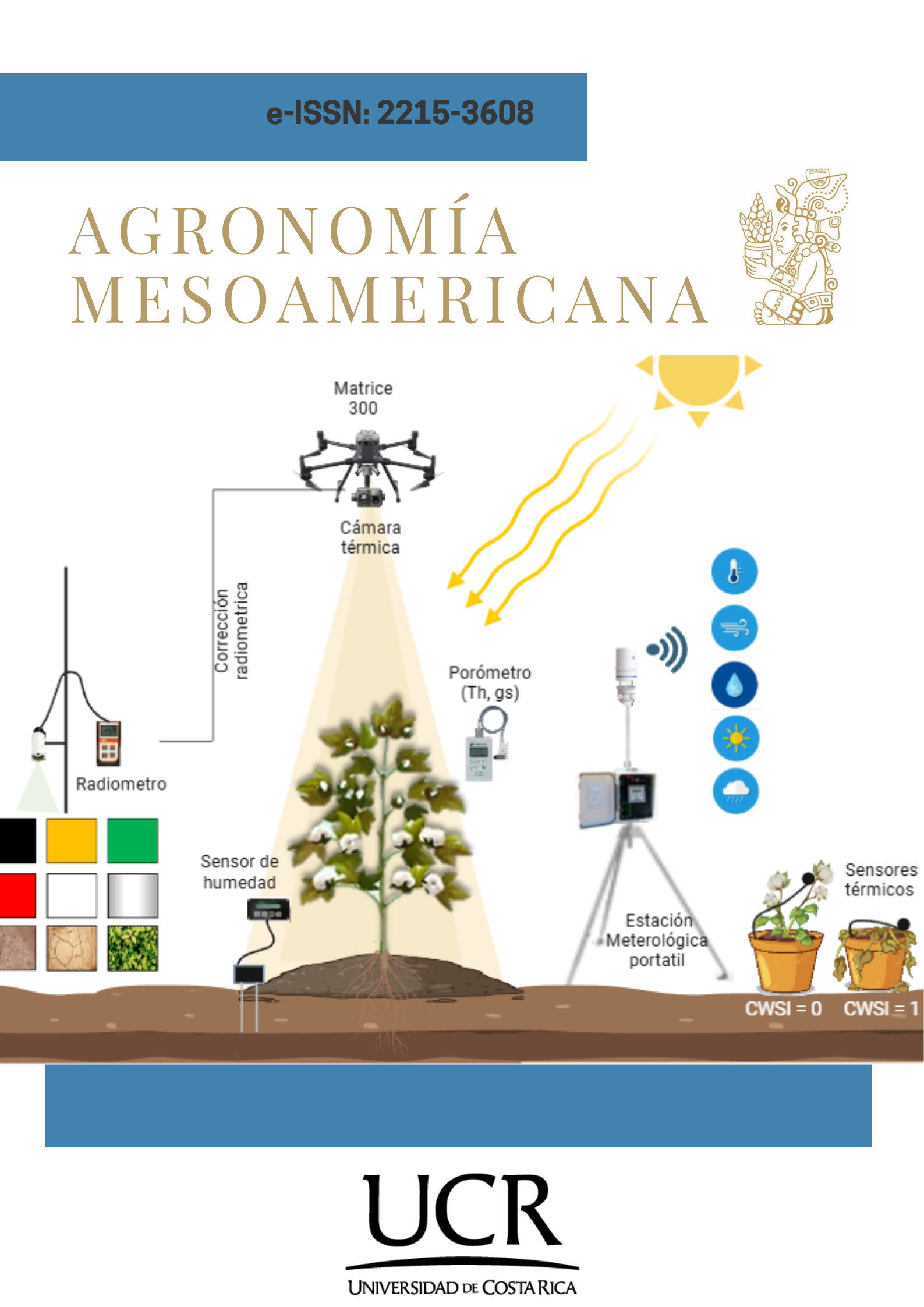
Additional Files
Published
License
Copyright (c) 2025 Lia Ramos-Fernández, Kevin Gabriel Peralta-Graciano, David Junior Quispe-Tito, Lorenzo Hurtado-Leo, Teodorico Veramendi-Hidalgo (Autor/a)

This work is licensed under a Creative Commons Attribution-NonCommercial-NoDerivatives 4.0 International License.
1. Proposed policy for open access journals
Authors who publish in this journal accept the following conditions:
a. Authors retain the copyright and assign to the journal the right to the first publication, with the work registered under the attribution, non-commercial and no-derivative license from Creative Commons, which allows third parties to use what has been published as long as they mention the authorship of the work and upon first publication in this journal, the work may not be used for commercial purposes and the publications may not be used to remix, transform or create another work.
b. Authors may enter into additional independent contractual arrangements for the non-exclusive distribution of the version of the article published in this journal (e.g., including it in an institutional repository or publishing it in a book) provided that they clearly indicate that the work was first published in this journal.
c. Authors are permitted and encouraged to publish their work on the Internet (e.g. on institutional or personal pages) before and during the review and publication process, as it may lead to productive exchanges and faster and wider dissemination of published work (see The Effect of Open Access).











